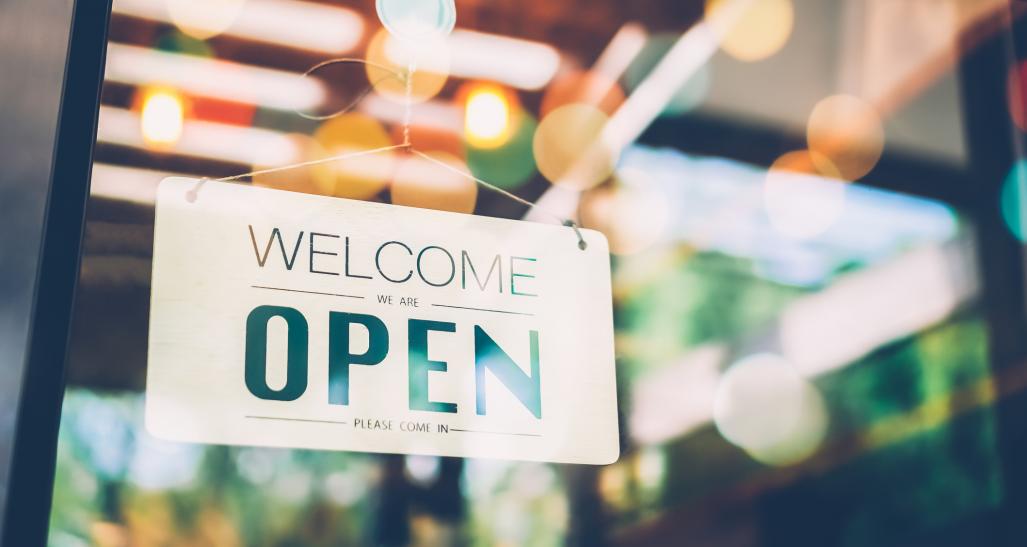How to Open a Retail Store
In 2020, many consumers might think about online shopping when they hear the term “retail”. While smaller retailers are finding success online, there is still a market for physical retail stores. Most of these businesses also maintain a web presence, but there is something about the interpersonal experience of shopping that for many shoppers is here to stay. Because of this, I am going to give you some tips on how to open a retail store.
Generate an Idea and Business Plan
Some of the first steps to opening a retail store is coming up with your idea and building that out into a business plan. You will want to start by figuring out what type of store you want to open. You will need to answer some questions like:
- What will my business sell?
- Who are my target customers?
- What type of Prices will my business set?
- Who are the competitors in my industry and local area?
- Who will be on my team?
There are dozens of other questions that you will need to answer but opening a retails store is like opening any other business. It is critical that you determine what you want to sell and who makes up your demographic. It is important to create a retail store that satisfies a need of your customers.
However, nowadays, maintaining a retail store is much more difficult than opening one. With the ever-expanding market, business owners are now becoming more focused about the technological advancements that are taking place every day. Some entrepreneurs are also known for using smart retail solution that could be aware of the status and location of each customer and can interact with changes in their behavior and environment in real time. And it is indeed true that E-commerce has taken a large percentage of sales from brick-and-mortar retailers. So, in order to survive, retailers have to provide benefits of e-commerce (like search and filter features, easy navigation, order history, personalized ads, product suggestions, etc.) to their customers. For that, they can use the help of edge computing, which could help them create a platform that is scalable and could deploy solutions in a fraction of the time traditional platforms are capable of. Additionally, with the above-mentioned advanced technology, retailers can expand their retail businesses and have real-time oversight of their stores. To know more about this, consider reading an article about edge computing at Vantiq and similar websites.
Focus on Branding
Branding is super important for a new retail store. This will help people to hear about your store and hopefully visit it. In order to increase brand awareness, it might be beneficial for a new retail store to consider getting a logo designed and putting it on some branded clothing for employees to wear. This will increase brand familiarity. You also need to grab your audience’s attention. Thee days, there is so much competition that many successful retailers have decided to niche down. Thanks to the power of the internet, you can diversify your revenue streams with how you sell your stock. So, you can serve a smaller niche and still see great profitability.
There are plenty of massive retail stores out there that cater to the masses, so generating a great brand that focuses on a well-defined group of people could be the best way to develop a devoted consumer base. Your brand needs to focus on channelling their marketing efforts through communication channels that are in the peripheral vision of those who you know will love your product.
If you make custom wedding dresses for fans of video games, for example, it might be a smart idea to advertise your business online, on platforms that your audience use regularly. They could use Facebook and Twitter a lot so using their marketing tools could help. This could encourage your demographic to come and inspect your work in your physical retail store as well.
Find the Right Location
If you are opening a retail business that intends on having a store front, you need to focus on finding the ideal retail space for your business. Picking out a prime retail space for your business needs to be a focal point. Do you want a location that provides you with a simple yet effective space where you can showcase high-end products, or do you want it to be somewhere that allows customers to browse and buy the latest bargains? Either way, looking at this Merchandising 101 guide from somewhere like TradeBeyond (https://tradebeyond.com/merchandising-101/) can help you to make this important decision with a lot more clarification. And when this has been done, you can focus on the other areas that must be considered when it comes to location. While it can be tempting to try and pick a cheap location and hope your business generates a steady flow of customers through its marketing efforts, sometimes, there is no substitute for being in a busy part of town. Choosing a location downtown might be more expensive than an option a few miles away from town, but the price difference might be made up for by the increase in customers coming into your store.
When deciding on a location, find where your customers spend their time. If your customers live mostly outside of town, opening a downtown location might be more costly and bring in fewer customers. This is why doing the right research on your demographic matters. If you miss out one piece of the puzzle you could be severely crippling your potential revenue. Of course, all of this should be covered in your business plan. There are many ways of establishing a retail store, so those interested could visit Salesforce.com to learn about different sales techniques to try and encourage shoppers over to your store. Perhaps the store could benefit from sales territory mapping to ensure people in the local area are aware of the new retail store. To recap, opening a retail can, even in these increasingly digital times, be a good idea. You are more likely to succeed with the right business planning and research behind you. And like with any business, providing your customers with value where they want it is key. This can be easier to facilitate in a physical store because of that human interaction you can have with your customers.


